Many people like to embroider their child's initials on things so that they don't get mixed up in kindergarten. But this skill can be useful in many other cases, and professional mastery of this art will allow you to create truly unique things. To get started, you need to master the basic skills of embroidering letters on clothes and other things.
- Why do you need embroidery on clothes?
- T-shirts
- Jeans
- Shirts
- Dresses
- Selection of threads
- How to embroider letters on fabric with satin stitch in different countries
- Location
- What is a monogram
- Male
- Women's
- Children's
- Marital
- Satin stitch patterns
- How to embroider letters on fabric
- Monogram embroidery
- Cross stitch
- Beadwork
- Machine embroidery
- Adviсe
- Price
Why do you need embroidery on clothes?
Nowadays, embroidery on clothes is a decorative and applied version of handicrafts. It can be done manually, using a needle and a hook, and using a sewing machine allows you to create three-dimensional patterns. You can decorate various fabrics - felt, cotton, genuine leather. For this, you need silk, wool or linen threads, beads, glitter, sequins. Professional embroidery skills will allow you to create coats of arms, inscriptions and logos - this is necessary when sewing custom-made tracksuits, as well as creating national costumes or decorating towels and scarves.
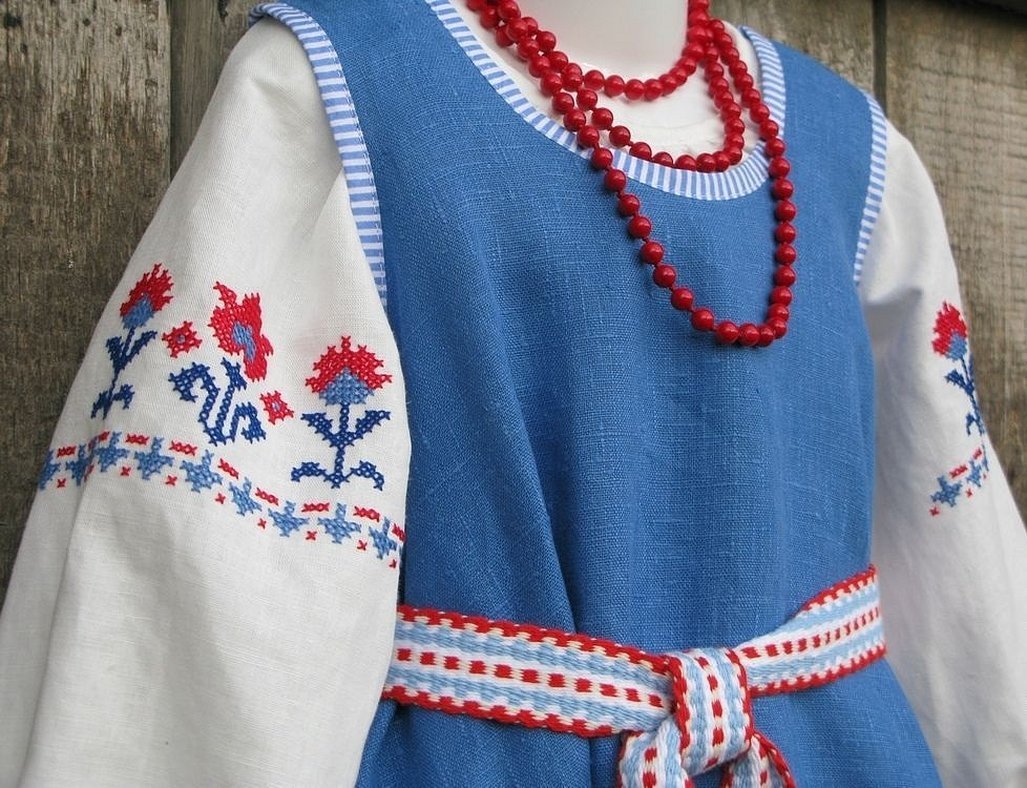
Modern embroidery on fabric performs the following functions:
- improves or emphasizes the aesthetic appearance of clothing;
- emphasizes the texture and color of the material;
- decorates things.
There are many types of clothing that can be changed with simple embroidery.
T-shirts
Embroidery on T-shirts and tank tops allows you to make them more unusual and colorful. Logos of sports teams, emblems and names are also applied to them. Embroidered inscriptions emphasize the design of the clothes - most often they highlight pockets, the upper part of the back and chest.
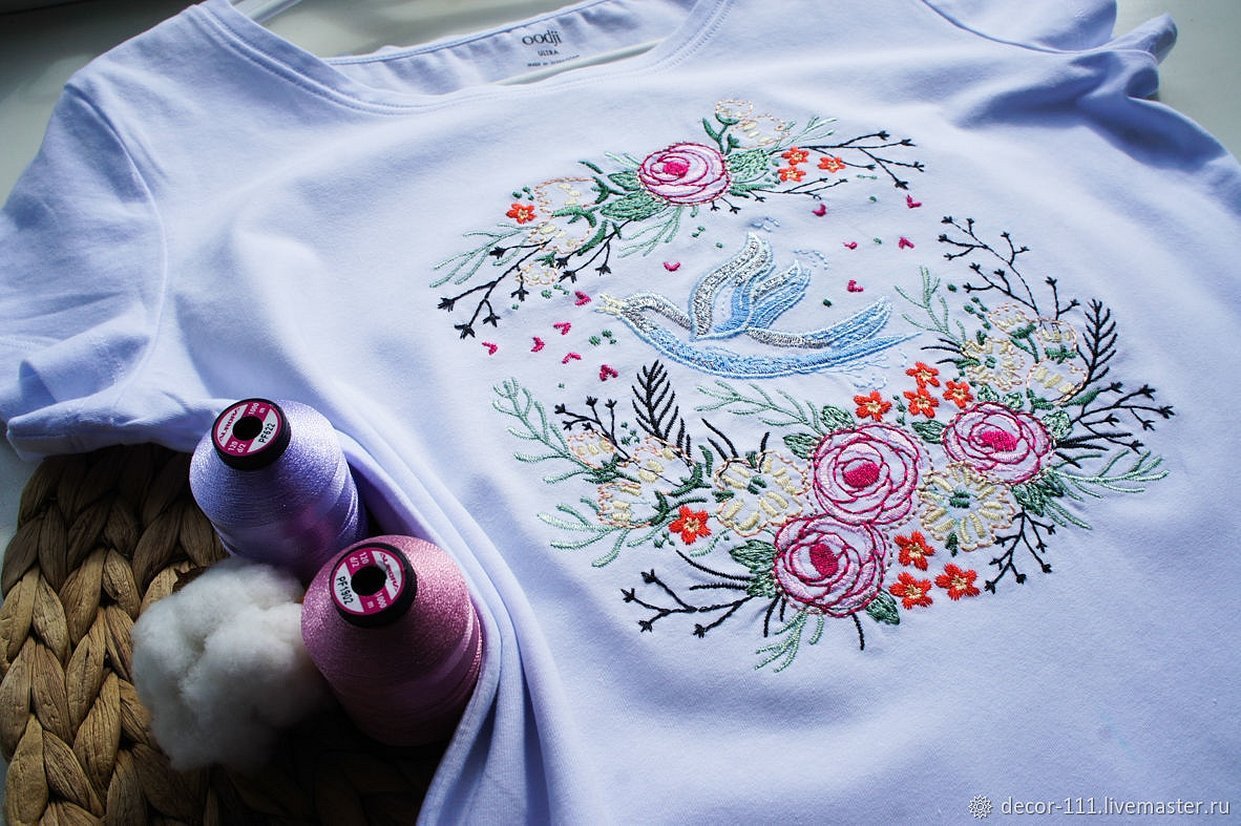
Jeans
Most often, women's jeans are decorated with various flowers and patterns. Drawings can be applied to both small areas and the entire leg. Quite often, pockets, the front of the pants or the bottom edge are decorated.
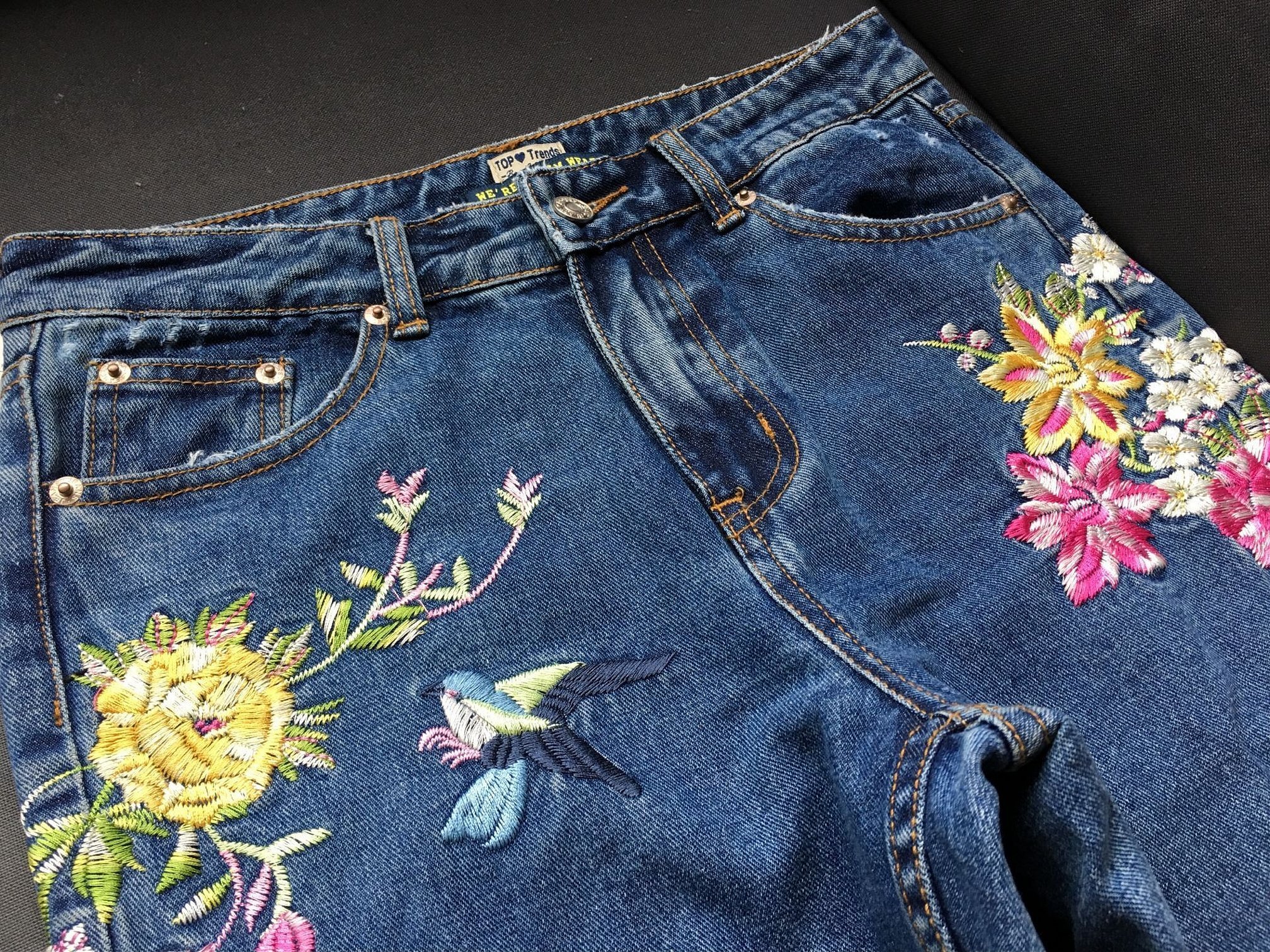
Shirts
Shirts are often embroidered with personalized logos and inscriptions. The area of the collar, cuffs, pockets and belt are most often chosen as the embroidery location. Since it is quite difficult to embroider an inscription on clothes with your own hands, a sewing machine is often used for this.
Additional information! Identical logos and text on shirts will help create a unified style - for example, for a company dress code or a sports team.
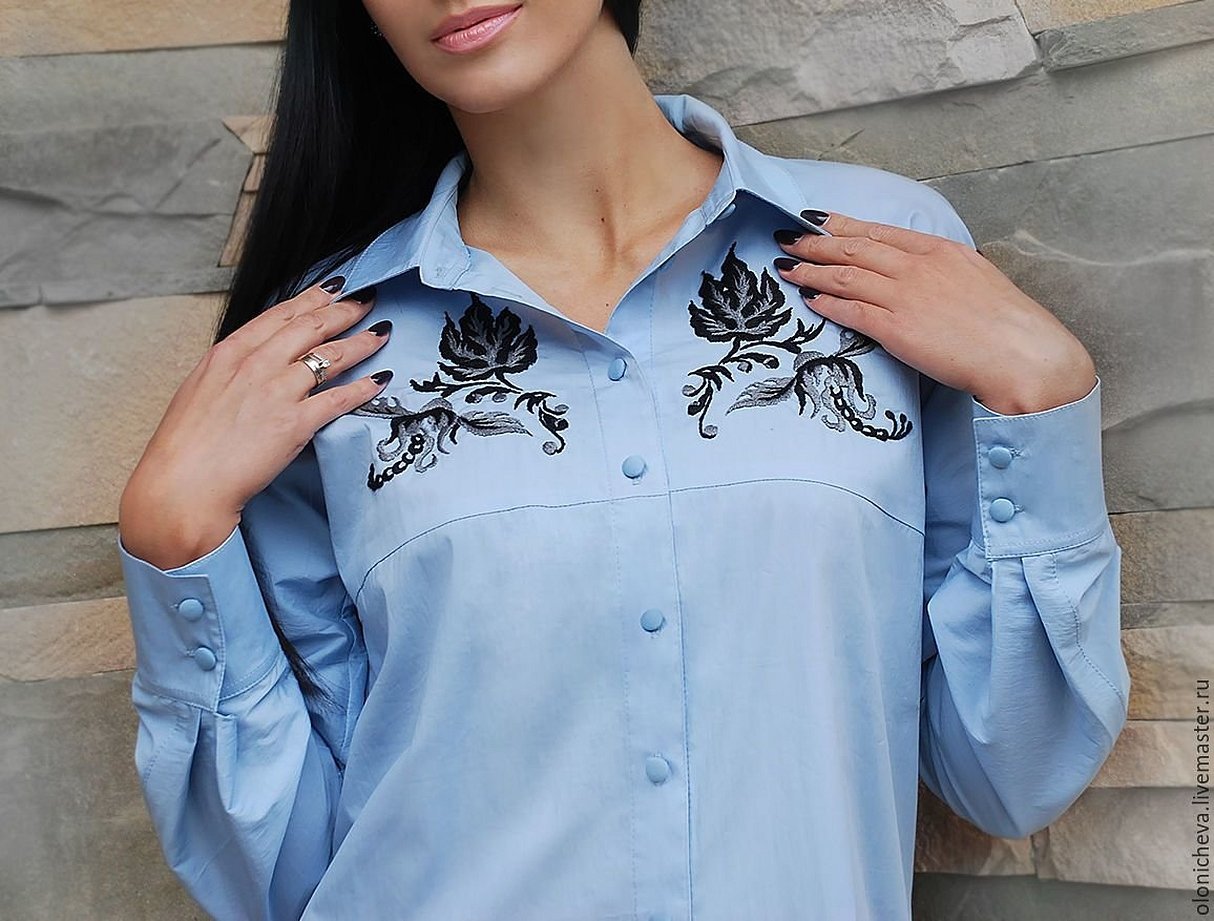
Dresses
Dresses decorated with bright embroidery will look very beautiful. These can be national costumes used in dance groups or everyday clothing options. Patterns are made on the collar, hem, sleeves using bright contrasting threads. The pattern should be chosen based on the purposes for which the dress will be used.
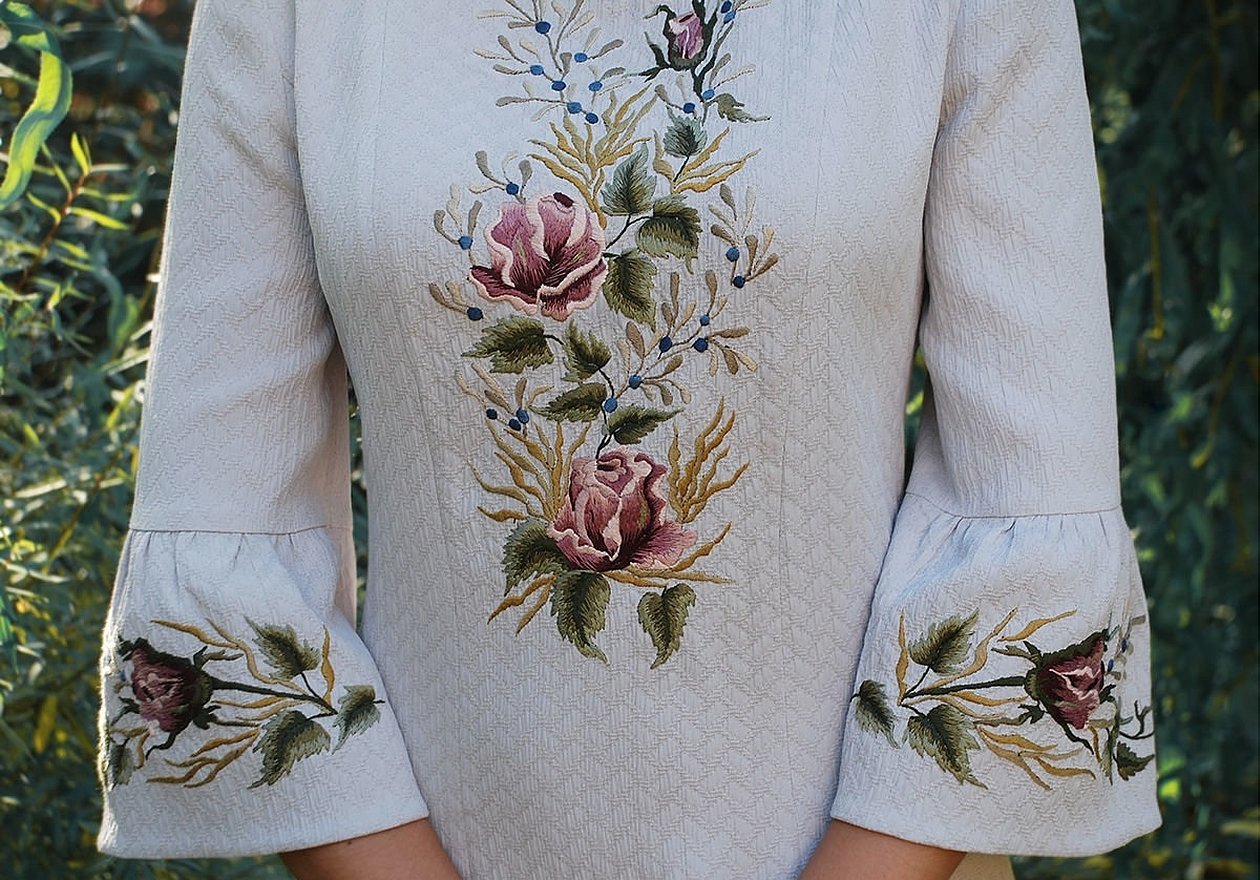
Selection of threads
The quality of the finished product will depend on the threads you choose. Therefore, you should choose only high-quality and proven materials. The color of the threads is chosen depending on the color of the clothes - you should choose contrasting, but at the same time compatible shades. When choosing a material, you should consider its thickness and features:
- polyester - highly resistant to color loss and chemical influences during washing;
- cotton (or floss) - used for machine application of patterns to leather or denim clothing, but during use they lose elasticity, begin to fade and deform;
- viscose - suitable for outfits made from thin material.
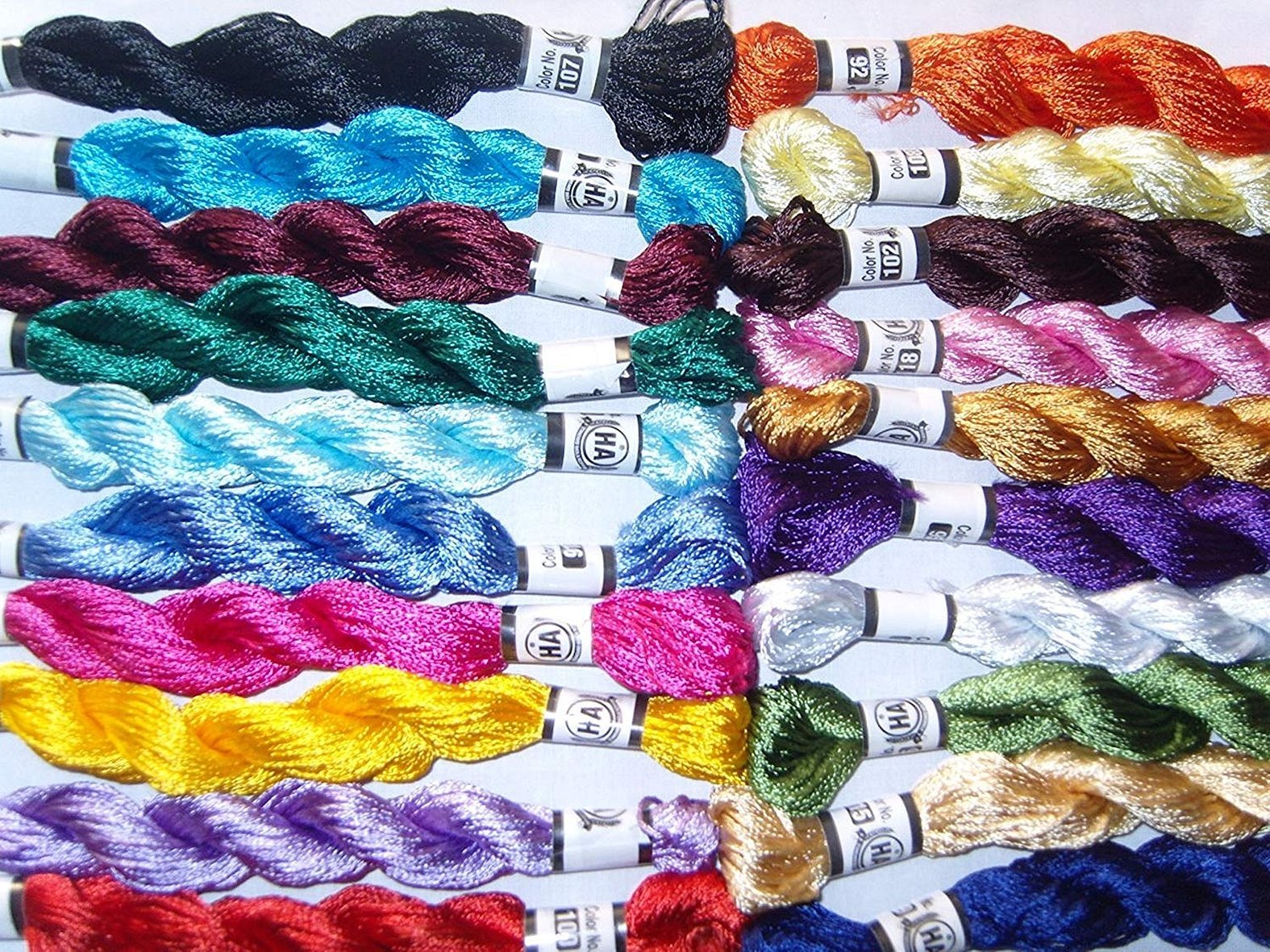
Additional information! In addition to threads, it is important to choose the right needles. For each type of clothing, you should choose special types with a small eye so as not to leave holes in the fabric.
How to embroider letters on fabric with satin stitch in different countries
In the old days, the most important element of embroidery was the application of a monogram. Often, it was additionally decorated with a crown and ribbons. All elements were applied with satin stitch, but the ribbon could also be made with a cordon stitch.
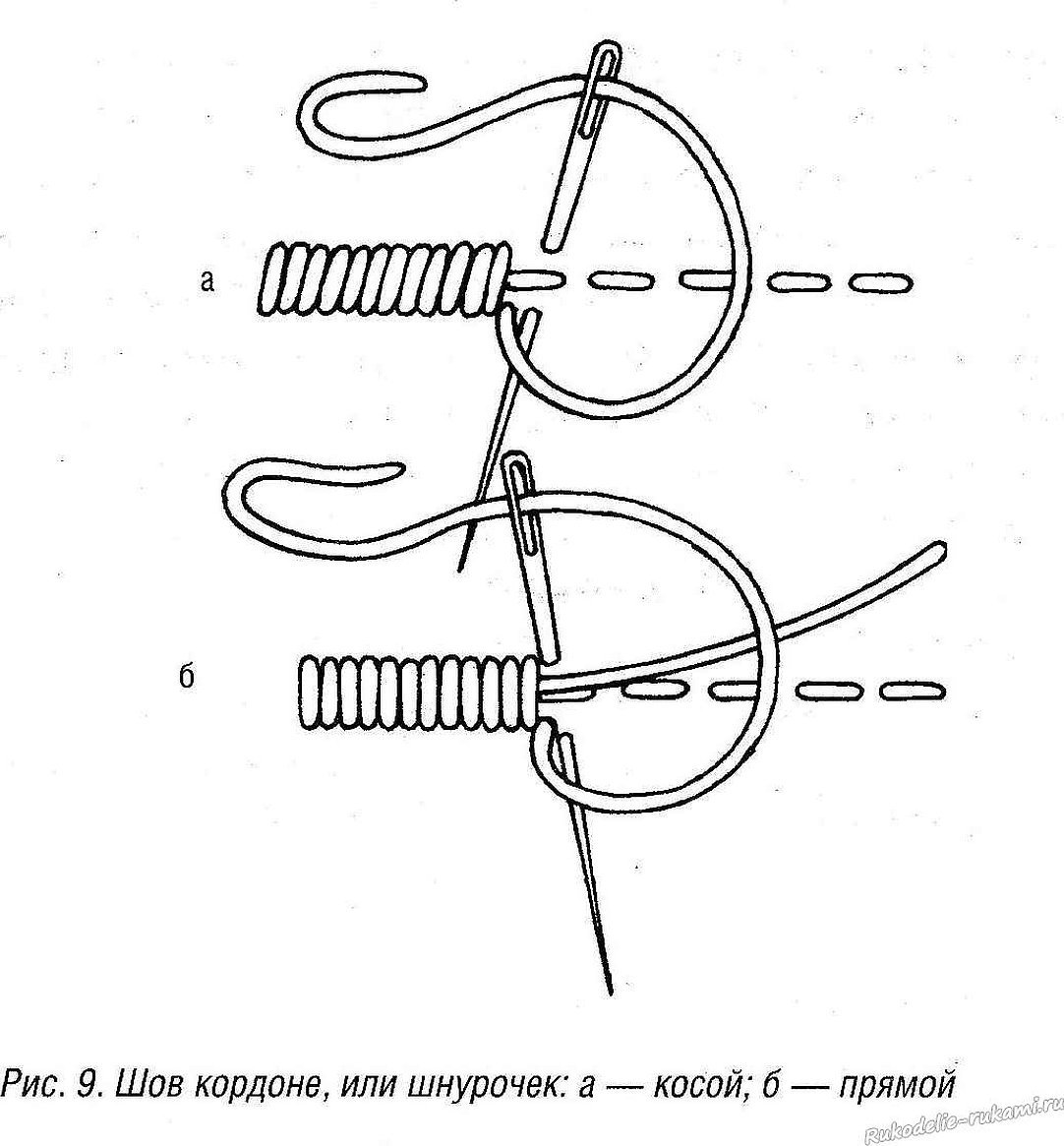
In different regions, satin stitch embroidery of letters had its own distinctive features. In Switzerland, they were more delicate than in England. The outlines of the monograms were applied with a straight, dense cordon stitch. After that, the material remaining inside the markings was cut out, and the void was filled with triangular grids. Italian craftsmen did the embroidery in two colors and did it with satin stitch, supplemented with a cordon stitch.
Usually, for beginners, this method seems to be a very complicated and labor-intensive process. But it is enough to study the theory, watch several practical lessons on the Internet to understand how to beautifully embroider a name or monogram on fabric with your own hands. Undoubtedly, this work is quite difficult and requires attention, but after a sufficient number of trainings, you can get beautiful and original clothes for use for various purposes: a shirt, dress, sweater or trousers.
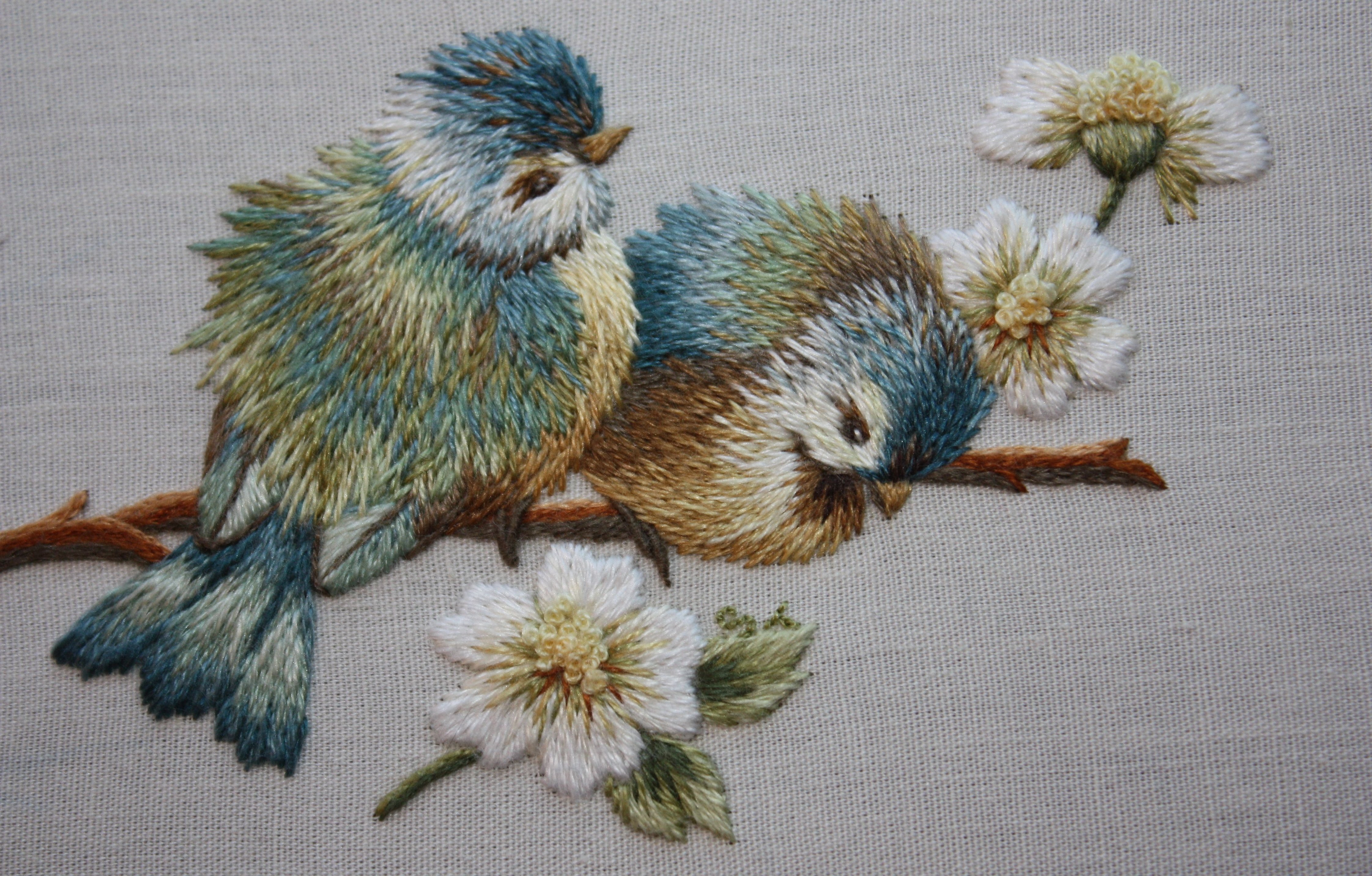
Location
Before embroidering letters on clothes, you need to choose a place for them. In principle, the inscription can be applied anywhere, depending on your own preferences. The main thing is not to choose areas with seams and folds of fabric - this will make the work difficult, and the threads will quickly deform during use.
What is a monogram
Initially, a monogram is a mark of the owner of the thing, based on his name. It can be just a letter or a combination of several, which, intertwined, form unique patterns. Also, additional design elements are often added to the monogram, such as geometric or plant ornaments. Such a combination will be called a monogram.
Before embroidering initials on clothes, you need to remember the basic rules:
- vertically, monograms are read from top to bottom, horizontally from left to right;
- letters of the same font are selected for work.
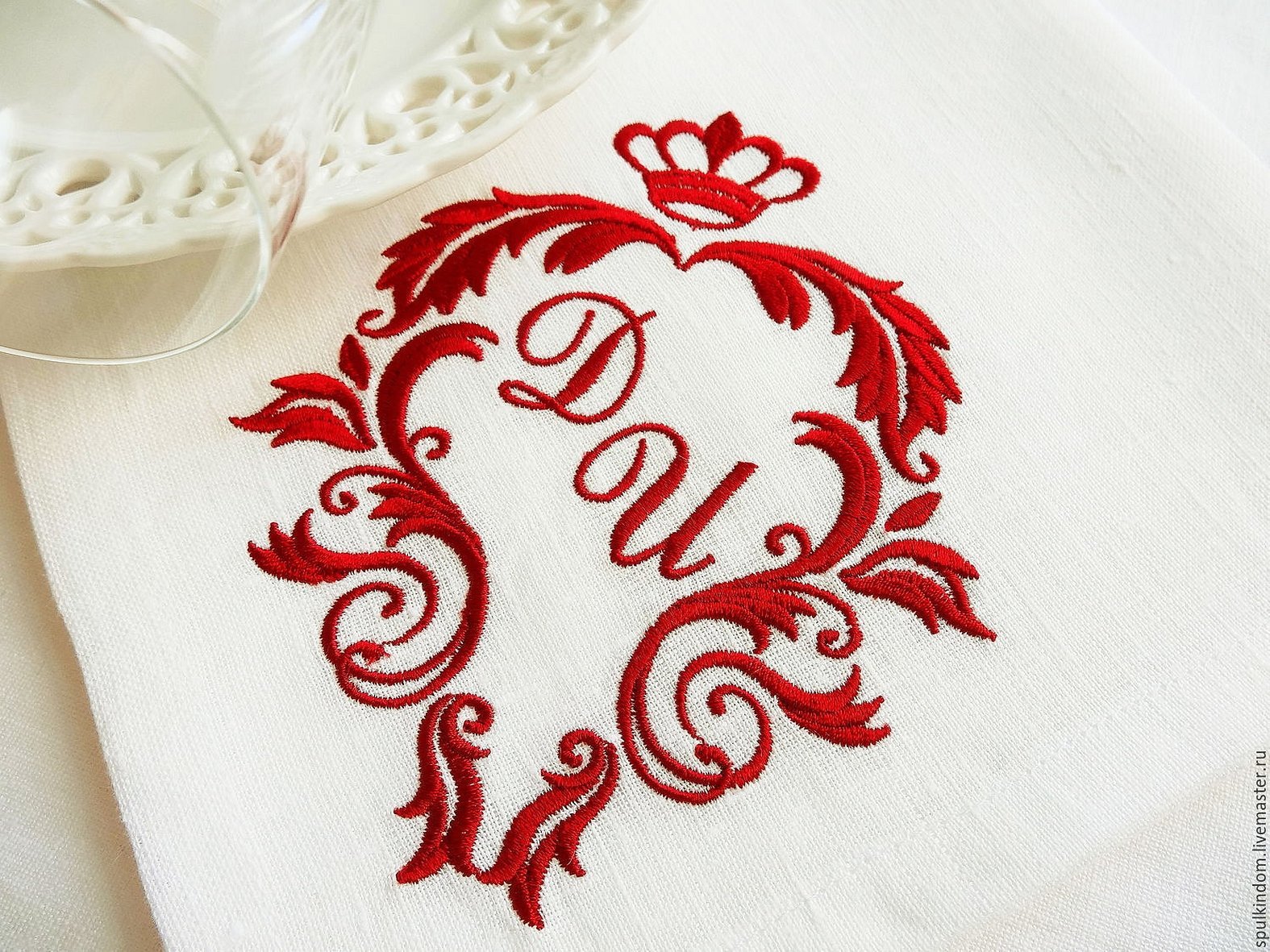
Male
For the male version, it is better to choose a strict printed font. No more than three letters should be applied - the first name, second surname, third patronymic, and they should all be the same size.
Women's
For a woman's monogram, a capital slanted or calligraphic font is used. It can be made from one or three letters. If from three, then the following rule should be followed: the first name is made smaller, the second surname is larger, the third patronymic is the same size as the first.
Children's
For a child's monogram, one letter is enough, which is the first letter of the name.
Marital
In this case, the first letter will be small and initial from the wife's name, the second large surname and the third smaller initial of the husband's name. The letters can be located at different levels.
Satin stitch patterns
Before you start working, you need to stock up on letter patterns. It’s easy to find different options on the Internet — just choose the one you like, print it out, and use it to apply the letters to the fabric.
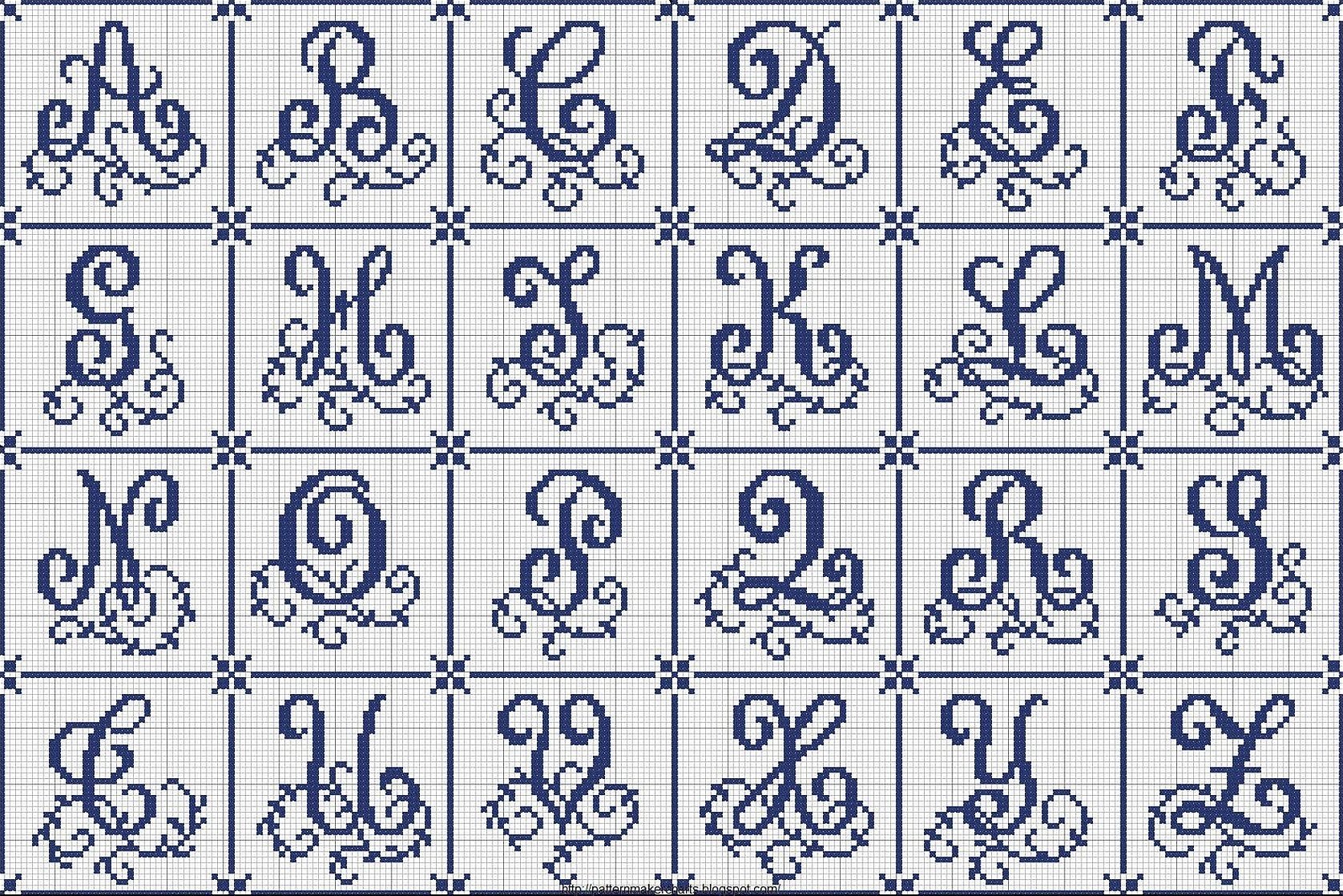
How to embroider letters on fabric
There are several ways to embroider letters on fabric. Some of them are accessible even to beginners, while others require a lot of experience. In any case, it is necessary to know the most common ones.
Monogram embroidery
There are two options for embroidering letters using satin stitch.
In the first of them, the work is performed in the following sequence:
- The monogram you like is transferred onto the fabric with a pencil.
- A chain stitch is made along the outline of the pattern - the loops emerge one from the other, and the needle moves towards itself.
- After this, the letter is embroidered along the inner and outer contours.
- To add volume, the space between the seams is filled with a chain stitch.
- The thin parts of the monogram are wrapped with a thread that contrasts with the main color.
- In the middle of the wide parts of the letter, small stitches are laid with additional thread.
According to the second option, the scheme of action is as follows:
- A letter is applied to the fabric according to the pattern.
- A stem stitch is used along its contour.
- The inner thin sections are passed through with a split stitch.
- The space between the outer and inner contours is filled with a stem seam.
- The wide parts are embroidered with satin stitch.
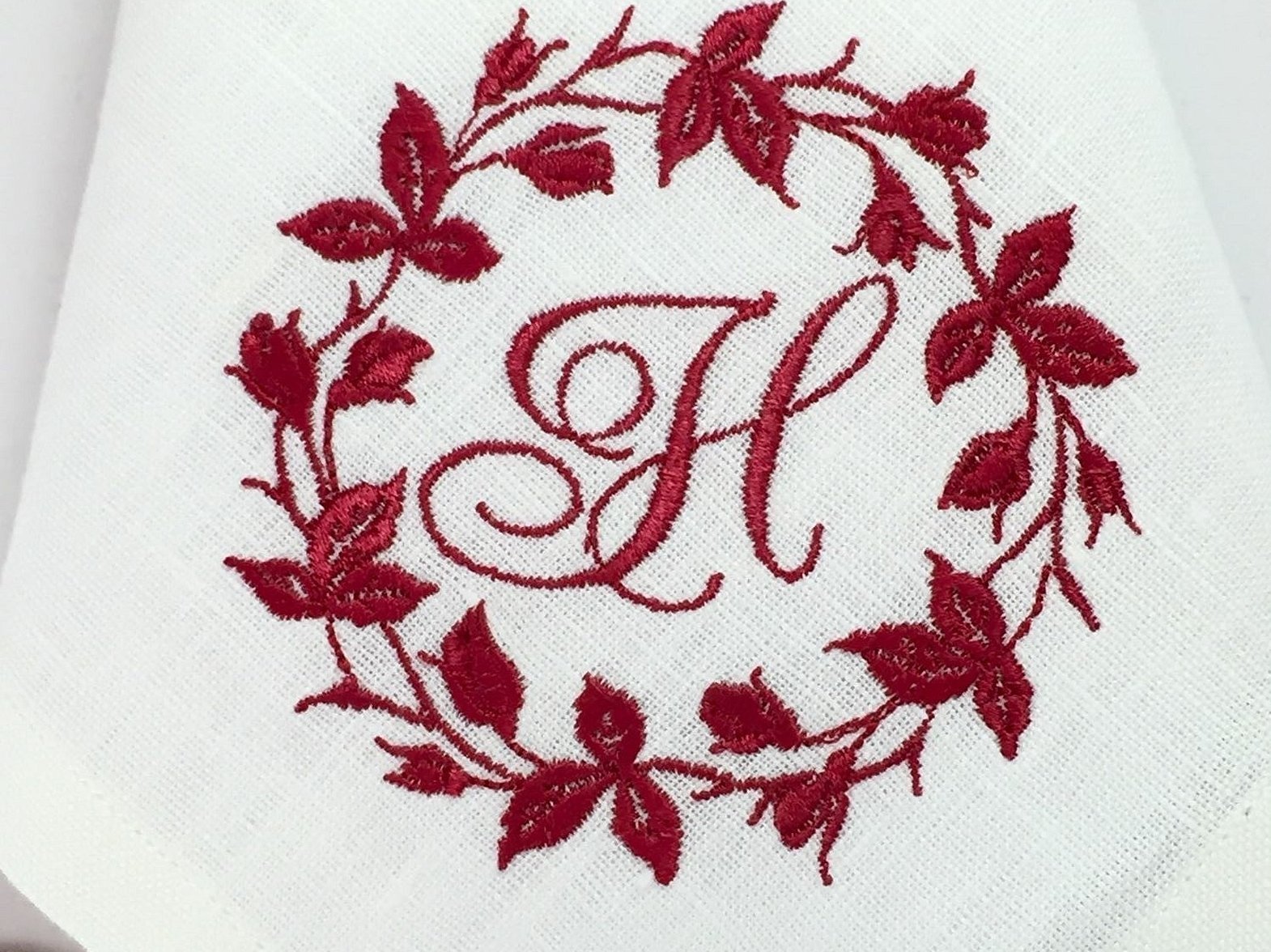
Cross stitch
This is the easiest way to apply initials with your own hands. First, you need to take the patterns you like and transfer the outlines of the letters onto the fabric. It is best to use graph paper or regular sheets of paper from a squared notebook - they make it easier to understand how to sew correctly. When the initials are transferred to the material, the space inside the outline is filled with a cross stitch.
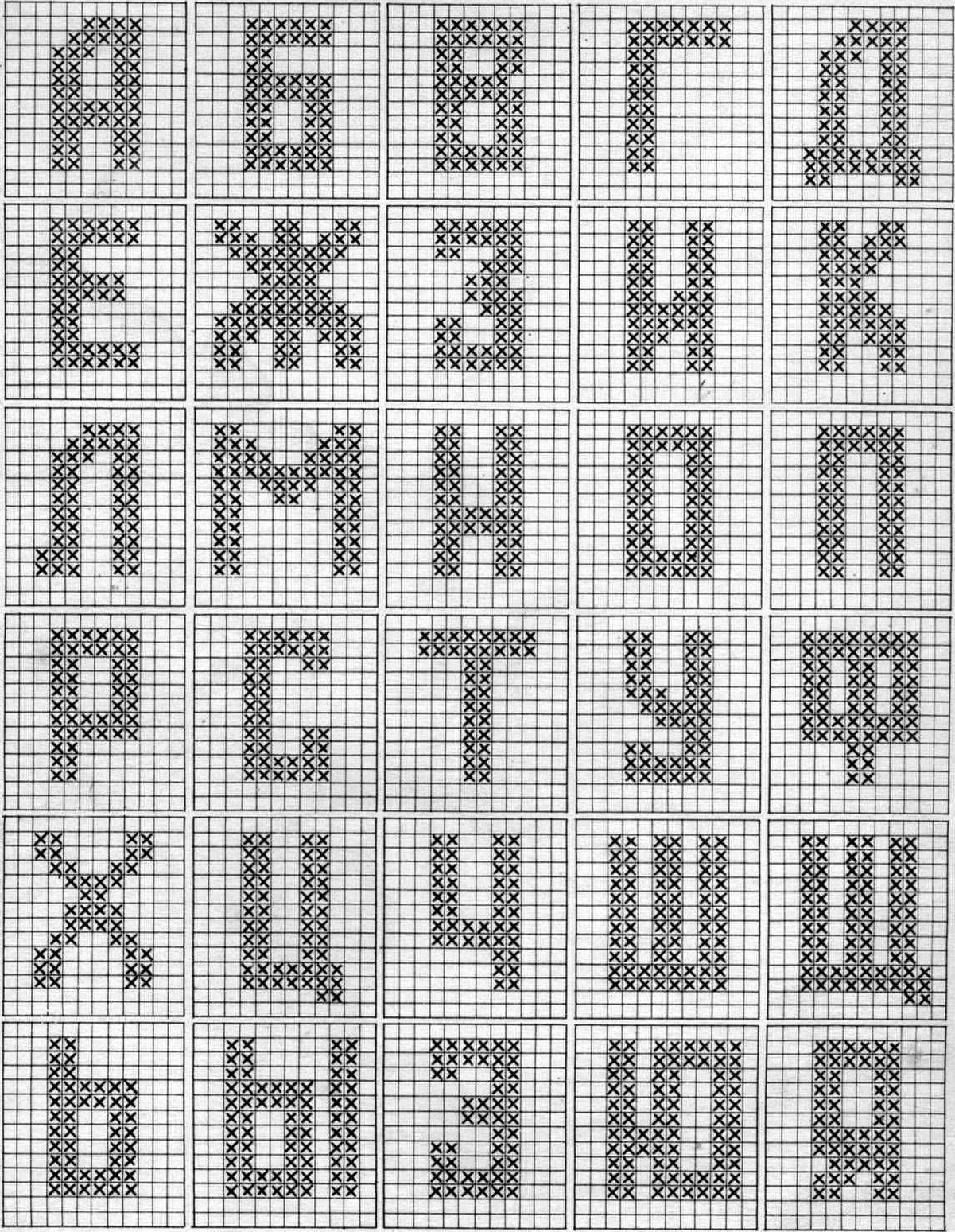
Beadwork
There are different ways to apply letters to fabric with beads. For example, transfer letters from patterns to clothing and sew decorations inside the outline one by one, filling the space. Or you can first create a letter and then stitch it in several places to the material. For this, you need special patterns - according to them, beads are strung on a thin wire or fishing line so that they acquire the desired outlines. When everything is ready, all the letters are applied to the fabric and tightly sewn.
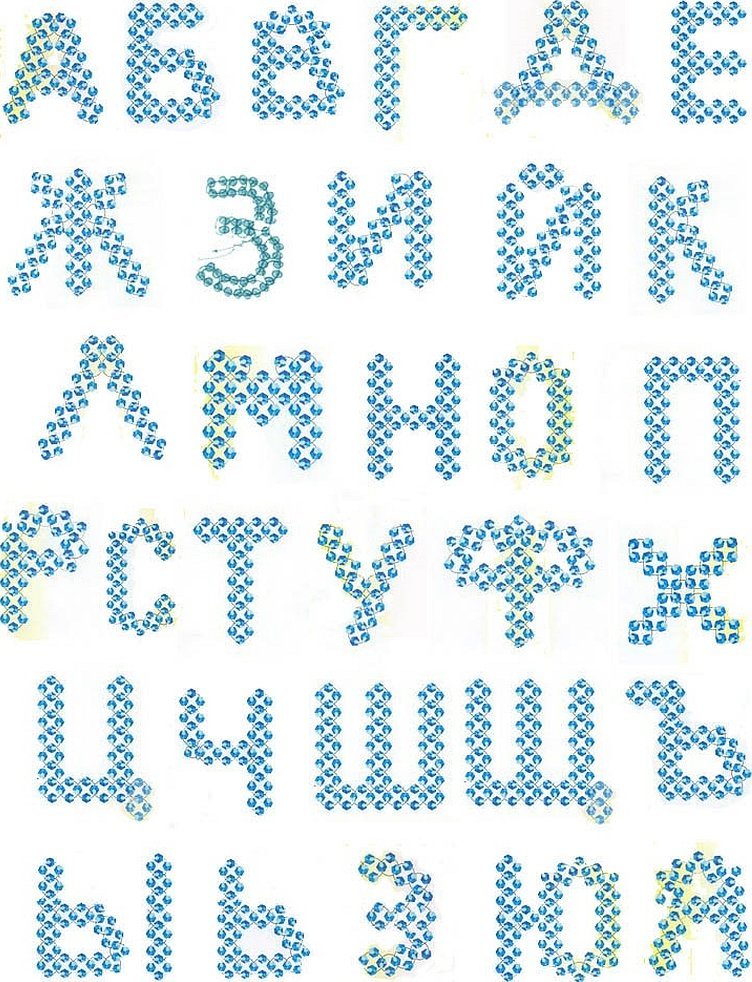
Machine embroidery
To embroider initials or the entire name, you can use a sewing machine. The technique is similar to hand sewing, but beginners need to know how to properly set up the machine to apply the inscription:
- It is necessary to remove the teeth of the lower conveyor.
- The foot is removed to make stitching easier.
- The presser foot lift lever is lowered.
- The needle is lowered into the material. To secure the thread, you need to make several stitches in place.
- You can start embroidering the design.
- When the work is finished, the lever holding the fabric is raised.
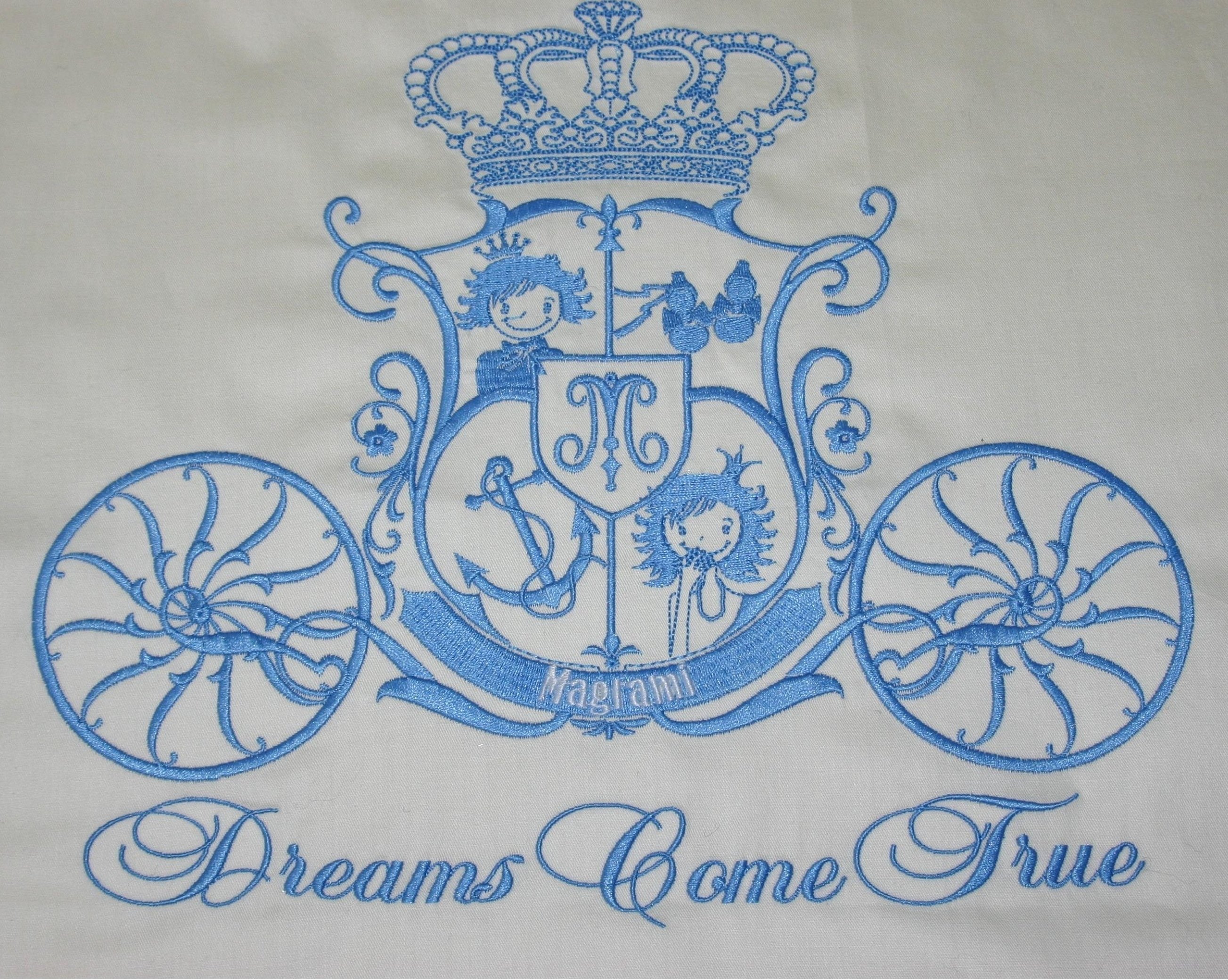
Adviсe
With the help of a machine at home you can create real masterpieces. Beginners should know some nuances to start working:
- You can embroider on any fabric, the main thing is that the machine has a running fixing base;
- the fixing material and fabric must be inserted into the hoop;
- For work it is better to use special threads for embroidery;
- It is necessary to correctly combine the colors of the fabric and threads - red goes well with purple or black, and orange looks good with yellow and pink.
Price
The cost of embroidery depends on the number of stitches and the complexity of the pattern. The price is also affected by the number of garments on which the inscription needs to be applied. Since the minimum cost starts from 900 rubles, taking one T-shirt or jeans to the studio will be quite an expensive undertaking - they usually fulfill wholesale orders.*
Thus, it is much more economical to embroider an inscription on clothes with your own hands. Of course, in order to learn this craft, you will need to put in a lot of effort. But as a result, you can make unique products that you can please your family and friends with.
*Prices are valid as of October 2019.




